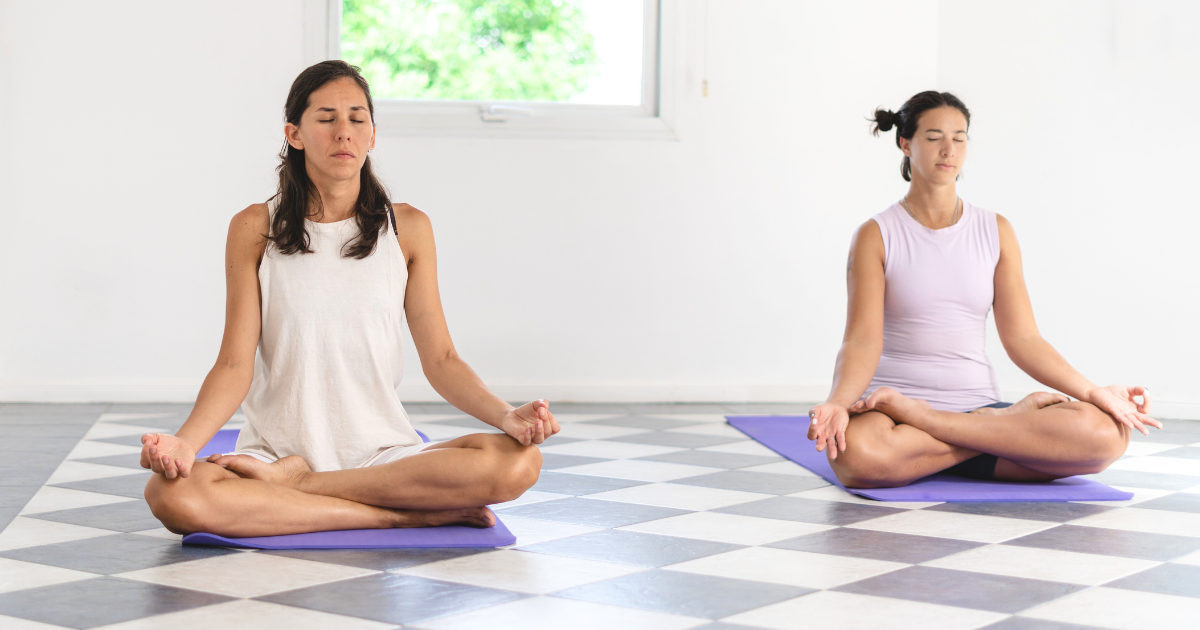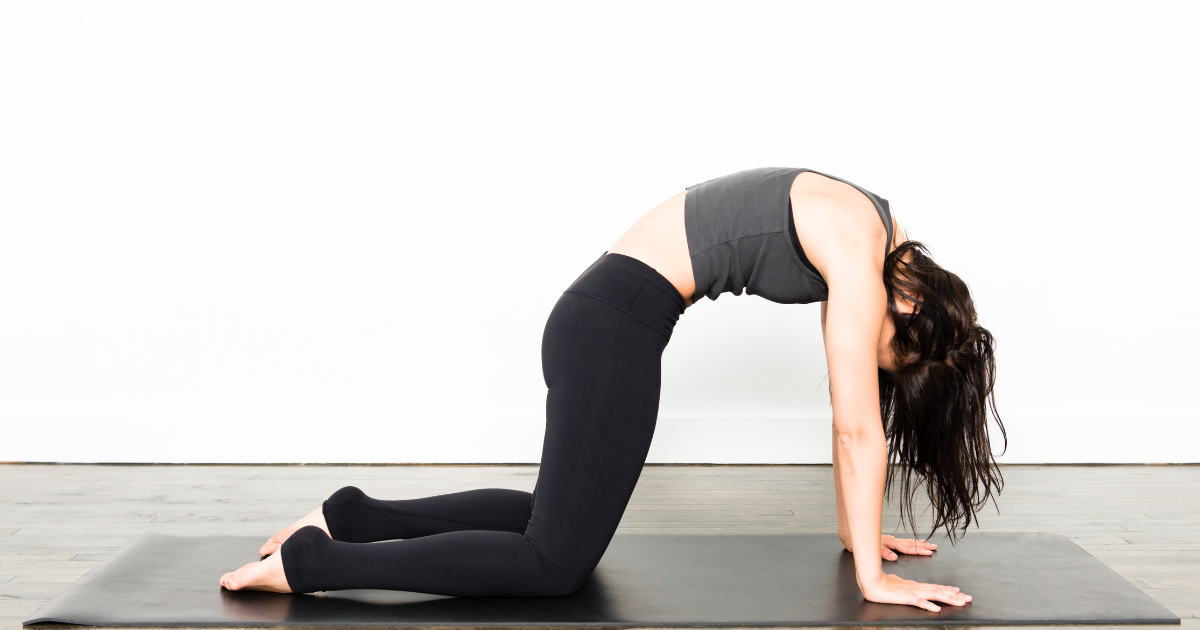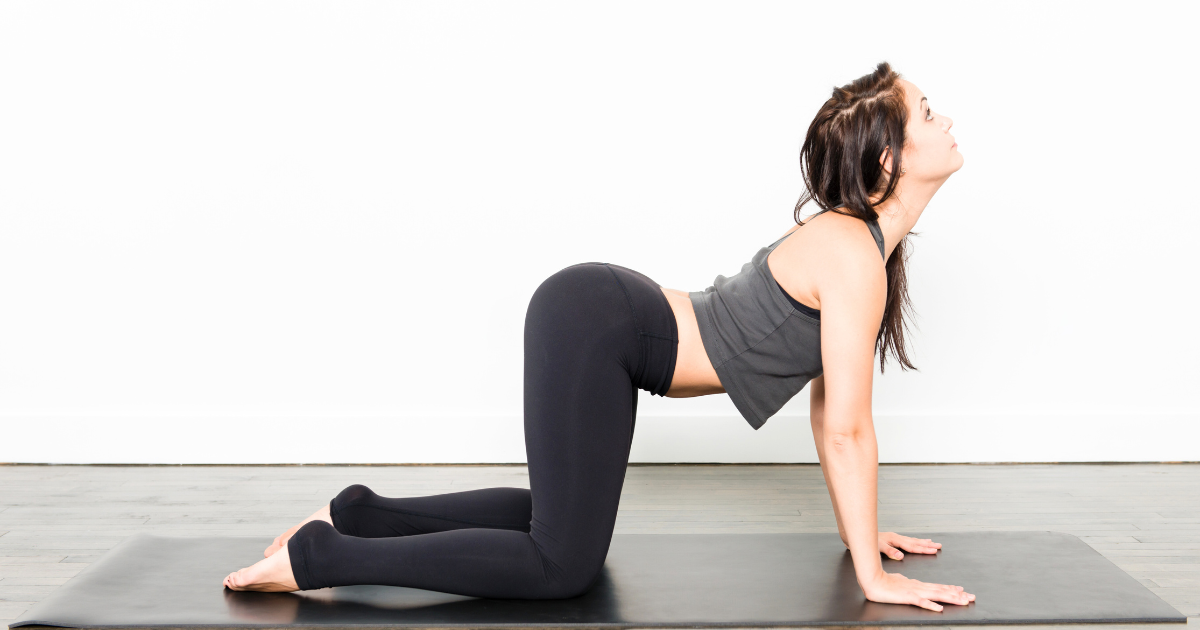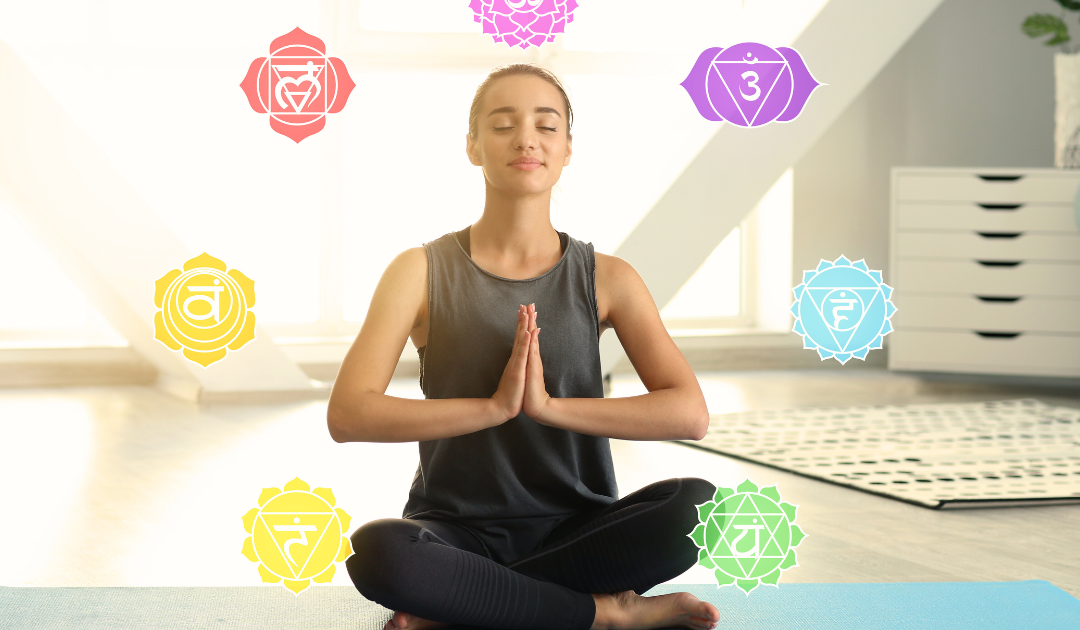Kundalini Yoga, often referred to as the Yoga of Awareness, is a dynamic and transformative practice that intertwines physical postures, breathing techniques, meditation, and the chanting of mantras. Its purpose is to awaken the dormant energy within us, known as Kundalini, which resides at the base of the spine. This ancient practice combines aspects of both Eastern philosophy and modern wellness, making it a holistic approach to physical, mental, and spiritual well-being. Unique among other yoga disciplines, Kundalini Yoga places a strong emphasis on the experience of energy, consciousness, and the profound connection between the mind and body.
For beginners, the journey into Kundalini Yoga may seem intimidating due to its unique terminology and the rich depth of its practices. However, the beauty of Kundalini lies in its inclusivity. You don’t need to be an experienced yogi to start; instead, it welcomes individuals at all levels to explore its enlightening paths. The foundational postures, or asanas, are designed to be accessible, even for those new to yoga. Many of these poses are intended to cultivate strength, flexibility, and balance, while also preparing the body and mind for deeper spiritual work.
What is Kundalini Yoga?
Kundalini Yoga is a transformative practice that combines physical postures (asanas), breath control (pranayama), meditation, and the chanting of mantras. Its primary aim is to awaken the Kundalini energy, often visualized as a coiled serpent at the base of the spine, leading to enhanced awareness and spiritual growth. This form of yoga is unique in its approach, focusing not just on physical flexibility and strength but also on the integration of mind and spirit.
The poses in Kundalini Yoga are specifically designed to stimulate and channel the Kundalini energy, promoting both physical health and spiritual awakening. Each pose serves a distinct purpose, targeting different energy centers (chakras) within the body. Through a combination of dynamic movements and prolonged stretching, practitioners can unearth emotional blockages and foster a deeper connection to their inner self.
Moreover, Kundalini Yoga emphasizes the importance of breath, using various breathing techniques to enhance the flow of energy. This connection between breath and movement is crucial, allowing practitioners to experience a heightened state of consciousness. Integrating breath with asanas also helps to clear mental fog, improve focus, and cultivate a sense of peace.
In essence, the chosen poses in Kundalini Yoga are not arbitrary; they are meticulously crafted to work together systematically, addressing both physical and energetic dimensions. From foundational poses like Sukhasana to more complex positions like Halasana, each asana serves as a tool for self-awareness and transformation.
Sukhasana (Easy Pose) with Breath of Fire

Instructions:
- Sit in easy pose with your legs crossed and spine straight.
- Place your hands on your knees, palms up, in Gyan Mudra (thumb and index finger touching).
- Close your eyes and take a few moments to relax your body. Relax your shoulders, face, and any areas of tension.
- Begin with natural breathing. Take a few deep breaths in and out through your nose to center yourself. Inhale deeply, then exhale fully.
- Breath of fire uses the diaphragm. You will be actively pumping your belly in and out to push the air out and draw the air in.
- Start by exhaling forcefully through your nose by contracting your diaphragm and pulling your belly button towards your spine.
- Allow the breath to come in passively as you relax your diaphragm. The inhale should feel natural and less forceful compared to the exhale.
- Begin with short bursts of breath, around 1-2 seconds per exhale and inhale. Gradually build up to a rhythm that feels comfortable, usually around 3 cycles per second.
- As you become more comfortable with the technique, you can increase the speed but maintain the quality of breath.
- Start with 30 seconds and work your way up to a few minutes as you get more comfortable. Listen to your body, and stop if you feel dizzy or lightheaded.
- After completing your session, take a few deep breaths to return to a normal breathing pattern. You may want to sit quietly for a moment to observe any sensations in your body.
Benefits:
- Stimulates energy flow and raises awareness.
- Balances the mind and body.
- Enhances focus and grounding.
2. Cat and Cow Pose (Spinal Flex)


Instructions:
- Begin on all fours, wrists under shoulders, and knees under hips.
- Inhale deeply as you arch your back (Cow Pose), lifting your head and tailbone.
- Exhale as you round your spine (Cat Pose), tucking your chin to your chest.
- Add Breath of Fire to the movement to intensify energy flow.
- Continue for 1-3 minutes, synchronizing your breath and movement.
Benefits:
- Energizes the spine and awakens Kundalini energy.
- Increases flexibility and mobility in the spine.
- Stimulates the nervous system and chakras.
Cobra Pose

Instructions:
- Lie face down on your yoga mat with your legs extended behind you, feet hip-width apart, and the tops of your feet pressing into the mat.
- Place your palms flat on the mat under your shoulders, keeping your elbows close to your body.
- Gently engage your abdominal muscles to protect your lower back.
- On an inhale, press into your palms and slowly lift your chest off the ground, extending your spine. Keep your elbows slightly bent and shoulders away from your ears.
- Look slightly upward without straining your neck, keeping your neck long.
- Hold the pose for 15-30 seconds while breathing deeply, then exhale as you release back down.
Benefits:
- Activates the kundalini energy at the base of the spine, promoting spiritual awakening and energy circulation.
- Enhances spinal flexibility and strength, improving posture and reducing back pain.
- Expands the chest, allowing for deeper breaths and helping to open the heart chakra, promoting emotional balance.
- Stimulates abdominal organs, aiding in digestion and relieving stress.
- Rejuvenates the body and mind, alleviating fatigue and stress while promoting overall vitality.
Camel Pose

Instructions
- Kneel on the mat with your knees hip-width apart and thighs perpendicular to the floor.
- Tuck your toes under or keep the tops of your feet flat on the mat.
- Place your hands on your lower back with fingers pointing downwards, or keep your arms at your sides.
- Draw your belly button in towards your spine to engage your core muscles.
- Inhale deeply and lift your chest up while gently arching your back.
- Draw your elbows back towards each other, opening the chest further.
- If comfortable, place your hands on your heels, fingers pointing towards your toes, without compromising your lower back.
- Keep your neck long; either look straight ahead or drop your head back gently.
- Breathe deeply and hold for 20-30 seconds, maintaining engagement in your core and legs.
- To come out, slowly bring your hands back to your lower back, engage your core, and gently rise back to a kneeling position.
Benefits:
- Camel pose helps release emotional blockages and fosters feelings of love and compassion by encouraging a deep heart opening.
- It enhances spinal flexibility and strength, improving posture and promoting proper alignment for the flow of Kundalini energy.
- The pose stimulates the abdominal organs, promoting better digestion and overall gut health, which is essential for vitality in Kundalini practices.
Paschimottanasana ( Seated Forward fold)

Instructions
- Sit on the floor with your legs extended straight in front of you. Keep your feet flexed, with the toes pointing upwards.
- Ensure your spine is straight and your shoulders are relaxed away from your ears. You can sit on a folded blanket if you need additional support.
- Raise your arms overhead with your palms facing each other and lengthen your spine.
- Slowly hinge forward at the hips, reaching for your feet or shins. Ensure your back stays straight as long as possible.
- Once you can no longer maintain a straight back, allow your spine to round gently as you fold deeper into the pose. Breathe deeply and hold for 30 seconds to 1 minute.
- To come out of the pose, gently roll up, lifting your torso while inhaling, returning to the seated position.
Benefits
- It helps to lengthen the entire spine and stretches the hamstrings, calves, and spine muscles.
- The pose encourages introspection and can alleviate stress and anxiety, promoting a sense of peace.
- Forward bends stimulate the abdominal organs, improving digestion and relieving symptoms of anxiety and stress.
- Regular practice enhances flexibility in the hamstrings and lower back, making it easier to perform other asanas.
Takeaway
Kundalini yoga is a powerful practice that focuses on awakening the energy at the base of the spine and bringing it upward through the chakras. The poses, or asanas, in this dynamic form of yoga are designed to stimulate the body’s energy system, creating a deep sense of balance and serenity. Among the best Kundalini poses are the Cobra Pose, and camel pose that open the heart and enhance flexibility, and release tension in the hips and spine. Incorporating these poses into your routine not only promotes physical strength and flexibility, but also fosters mental clarity and emotional stability. Ultimately, the best Kundalini yoga poses empower individuals to transform their energy and enhance their overall well-being, making it a valuable practice for anyone seeking holistic health.


